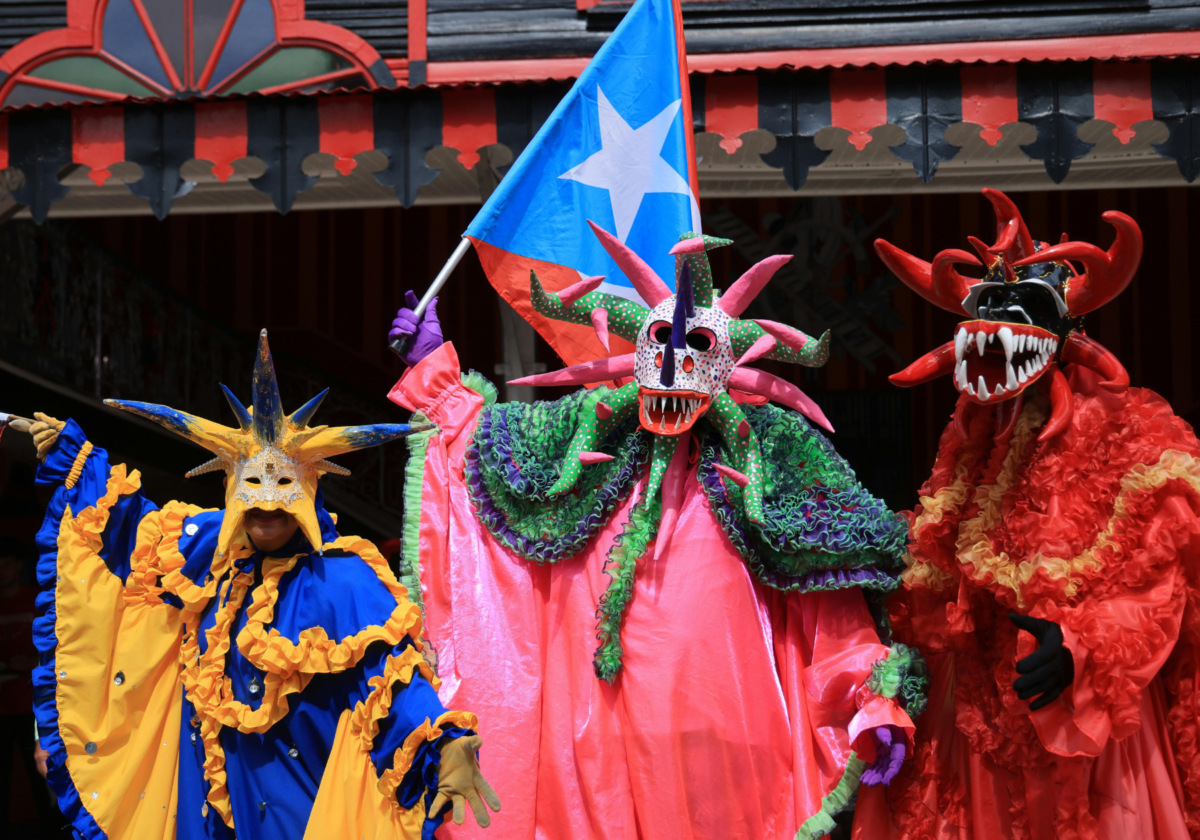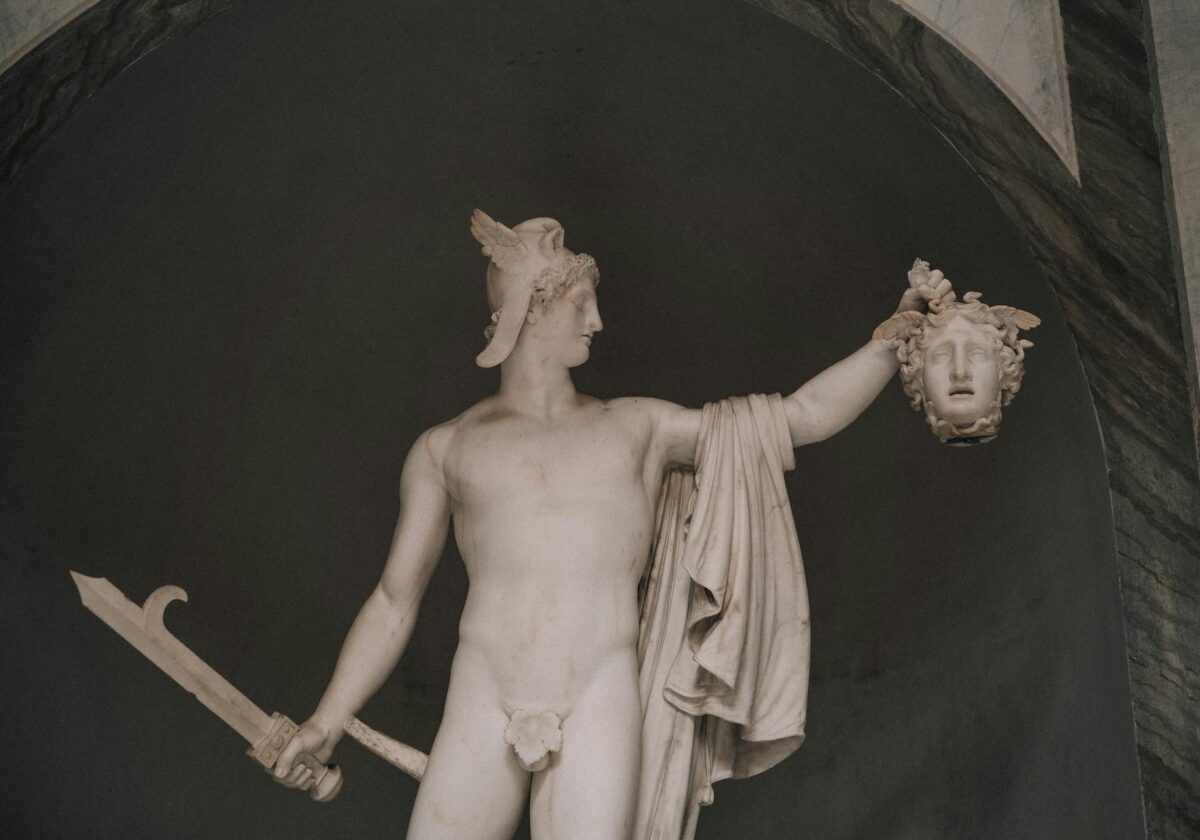
This blog became an idea in my head, when one day I went to a local Barnes and Noble bookstore and hit the “Hispanic” section. I was shocked to see one lonesome book there on the shelf that called itself the “Hispanic” section. In the past months I have received many a note telling me that nonwhite authors and their books are not marginalized by society, as a redress I found this article quite interesting.
Why book industry sees the world split still by race
Wednesday, December 06, 2006
By Jeffrey A. Trachtenberg, The Wall Street Journal
Brandon Massey’s readers tell him they know just where to find his horror
novels — in the African-American section of bookstores. He’s torn about whether
or not this is a good thing. “You face a double-edged sword,” says Mr. Massey,
33 years old. “I’m black and I’m published by a black imprint, so I’m
automatically slotted in African-American fiction.” That helps black readers to
find his books easily and has underpinned his career.
At the same time, he says, the placement “limits my sales.”
Should fiction written by black authors be shelved in African-American departments, a move that often helps nurture writers? Or should it be presented alongside other categories, such as general literature, allowing books written by black authors to take their place in publishing’s mainstream?
The issue — stirring up a broader debate between assimilation and
maintaining a distinct identity — has come to the fore because of a recent
explosion in black fiction at a time when book sales as a whole are in decline.
For the first nine months of 2006, bookstore sales fell 1.6 percent to $12.1
billion, according to preliminary data from the U.S. Census Bureau. By
comparison, major New York publishers say black authors are flourishing.
“It’s a hot area, and everyone is rushing in,” says Judith Curr, publisher
of CBS Corp.’s Atria imprint, where African-American authors contribute about 25
percent of the titles published annually. African-American sections are the rule
at Borders and Waldenbooks, chains both owned by Borders Group Inc., as well as
many airports and Wal-Mart Stores Inc. outlets. Amazon.com Inc. and Barnes &
Noble Inc., the country’s largest book retailer, don’t follow the practice.
There, Mr. Massey’s books, which include “Thunderland” and “Dark Corner,” are
found in the horror section or in general fiction.
Organizing literature by race is one of the few open demarcations between
white and black apparent in the nation’s malls and shopping centers. For other
consumer goods, the matter is less clear cut.Health and beauty products
specifically designed to address the needs of African-Americans are sometimes
grouped together. A Duane Reade store in Mamaroneck, N.Y., for example, has an
“Ethnic Shampoo” section. In the music business, by contrast, some categories
such as rhythm and blues and rap are dominated by black performers. But
retailers don’t market these artists under a separate “African-American”
sign.
Black consumers spent more than $300 million on books last year, according
to Ken Smikle, publisher of Black Issues Book Review, a unit of Chicago-based
Target Market News Inc. That’s more than twice as much as they spent in the
early 1990s. Bookspan, the book-club company owned by Bertelsmann AG and Time Warner Inc., says its Black Expressions Book Club boasts 460,000 members,
compared with 345,000 for its famed Book of the Month Club.
Black Expressions is expected to generate double-digit growth in both its sales and membership through the next few years, estimates Markus Wilhelm, Bookspan’s CEO. “The growth has been stunning,” he says.Craig Werner, chairman of Afro-American Studies at the University of Wisconsin-Madison, attributes the current interest in black authors to an expanding black middle class that has both money and leisure time. “As every scholar of the novel has concluded, the novel is a
middle-class genre,” he says.
For years, classics of black literature – Richard Wright’s “Native Son”
(1940), Ralph Ellison’s “Invisible Man” (1952), James Baldwin’s “Go Tell It On
the Mountain” (1953) — appeared on bookstores shelves side by side with books
by white authors. African-American sections date to the late 1960s and early
1970s, when black culture and identity was generating regular headlines. Writers
and activists such as Eldridge Cleaver, Stokely Carmichael and Bobby Seale were
redefining the black experience, and booksellers rushed to group them together.
When Borders opened its first new book store in Ann Arbor, Mich., in 1973,
it included an African-American section. “In the historical context of the Civil
Rights movement, when African-Americans were no longer being defined in terms of white culture, it made complete sense to have a separate department,” says Joe
Gable, a longtime Borders executive who for many years managed that store. “It
still makes sense because race continues to be a defining issue.”
The division is perpetuated up and down the publishing food chain. Romantic
Times Book Reviews, bible of the huge romance industry, divides its influential
“Top Picks” page into as many as 10 categories, ranging from inspirational to
paranormal. Getting chosen is a huge boon because libraries and stores will
likely buy the book in large numbers, says Gwynne Forster, the author of 26
novels, including the recently published “When You Dance with the Devil.” But
the magazine lumps black writers of all genres into one African-American
category.
Carol Stacy, the magazine’s publisher, says the African-American label
makes it easier for readers to find those books. “We know we’re walking a fine
line, but the reader wants to know if a book has African-American characters,”
she says. Publishers deliberately market books to black readers that way, she
adds. Marva Allen, one of the owners of the Hue-Man Bookstore & Cafe in
Harlem, says that the term African-American refers to a culture, not a skin
color, and therefore has a special sensibility.
“A lot of African-American writers don’t write for the crossover
market, they write from a cultural identity,” says Ms. Allen. Moreover, she
asks, how many white readers will browse through a book when the front cover
depicts black characters and the author is black? Bennett J. Johnson, vice
president of Chicago’s Third World Press and a longtime publisher of black
authors, says the practice appeals to a universal proclivity to think in terms
of race. In that sense, publishing is merely a reflection of how the world
works, he says. What publishers don’t understand, Mr. Johnson suggests, is that
the practice reinforces the notion that the U.S. remains a nation of “two
separate societies.”
Before the 1990s, many black writers who wrote about black characters
produced ambitious epic stories in the manner of Toni Morrison’s “Song of
Solomon.” There was little room for black authors who wanted to write popular
genre fiction such as romance novels, horror stories or erotica. Leticia Peoples
says she found the attitude of white publishers so frustrating that in the late
1980s she decided to publish her own line of black romance novels. “I called a
couple of romance companies to find out why they weren’t accepting black
manuscripts and I heard things like, ‘We don’t have to do it because black women
will read what’s on the market’ or ‘Black women can’t write, so where would we
get our writers?'” says Ms. Peoples.
She launched her own line in 1989 called Odyssey Books. Three years later
came a landmark: the publication of Terry McMillan’s third book, “Waiting to
Exhale,” which ignited the market for books aimed at black audiences. The novel,
a breezy look at the daily lives of four black women, perched on The Wall Street
Journal’s best-seller list for 36 weeks. Says Ms. McMillan: “It was contemporary
— which was important — and it was written in a voice that a lot of black
women could identify with.” The author says she doesn’t tailor her novels for
any audience and opposes putting books in black sections — where hers are found
— a practice she calls a “disservice” and “racist.”
At the same time, Ms. McMillan says she understands the sales incentive for
booksellers. Her solution: Put books by African-Americans in both places. As a
practical matter, segregating books by race and culture makes it less likely
that black writers will hit the national best-seller lists — whites make up a
majority of book buyers — limiting their chances of earning bigger paychecks.
Nadine Aldred, who writes as Millenia Black, says that writer Jennifer Weiner
might not have become a best-selling author if her books had been sold
exclusively in a Jewish-American section.
Ms. Weiner, whose books include “Good in Bed” and “Little Earthquakes,”
agrees. “If my books were perceived as Jewish ‘chick lit,’ there would be a
narrower appeal,” she says. In October, Ms. Aldred filed a lawsuit against her
publisher, the American arm of Pearson PLC’s Penguin Group, in U.S. District
Court for the Southern District of New York. In the suit, she alleges that her
editor asked her to change the characters in her newly published second novel,
“The Great Betrayal,” from white to black or race-neutral.
In an attempt to lure black readers, the proposed cover art featured an
African-American couple, the suit adds. Ms. Aldred says she objected because she
thought the suggestions would deprive her of the opportunity to attract white
readers. In her filing, Ms. Aldred says the publisher eventually backed down —
the final cover features an unmade bed — but she still sued, alleging racial
discrimination. “In commercial fiction I’m finding that there is a huge
expectation that because you are black, you should know the climate and the
boundaries, and adhere to them,” says Ms. Aldred.
Penguin says it is contesting the allegations, saying in a written
statement that “our commitment to writers from all backgrounds is evident in the
quality and diversity of our (publishing) list.” The company declines to make
further comment. Barnes & Noble is bucking the rest of the industry. The
chain offers an African-American studies department, but its black fiction is
shelved alphabetically by author within various genres. Mary Ellen Keating, a
spokeswoman for the retailer, says it wants to expose “all titles to all
customers.”
The only exceptions are stores in Atlanta and Oakland, which offer
stand-alone displays of African-American authors because of the substantial
black populations in those cities. At Borders, whose superstores carry an
average of 90,000 titles, executives say the African-American sections are a
convenience for readers. Merchants and publishers say such sections also
brighten the chances for new, undiscovered writers.
There are no publicly available sales numbers to determine which approach works best. Tananarive Due, who writes supernatural suspense tales, says that when she started out in 1995, she was embraced by black booksellers. Her book tour was almost exclusively in black stores. “There is nothing worse than the release of a book without an audience,” she says. “Frankly I’m glad my books were launched as they were.
The African-American readership has been my rock and given me the
opportunity to expand.” That support has been crucial for writers such as the
recently married Mr. Massey, who lives in Union City, Ga., a 25-minute drive
south of downtown Atlanta. From writing books “I made close to six figures in
2005, which was my best year so far,” he says.
This year he expects to generate roughly the same amount. He has sold the film rights to his second novel to a film unit affiliated with his publisher, Kensington Publishing Corp. in New York. Mr. Massey nonetheless worries he’s being shortchanged by being shelved in African-American departments. “Most nonblack readers aren’t going to the African-American section,” he says. His goal, he says, is to compete with Dean Koontz and Stephen King.
Judging a Book
Books written by black authors are often designed to appeal specifically to
black consumers.
Top five best-selling fiction titles by black authors in November:
I Say a Little Prayer, By E. Lynn Harris
When Somebody Loves You Back, by Mary B. Morrison
What They Want, by Omar Tyree
Satin Nights, by Karen E. Quinones Miller
God Don’t Play, by Mary Monroe
Source: Essence Magazine





The crucial element which usually Anne Hathaway had was first to rotate all the making use of. This girl have become chanel replica along with the swank garmets. And additionally him / her accessories of that ranking Chanel ring is normally wonderful. More than all the fabulous visual appearance prepared him / her have sufficient self-esteem around him / her ceo. And additionally him / her ceo switched all the mentality regarding him / her. This girl made an effort him / her far better to show good results certainly. That's why was first chanel replica which usually this girl previously had all the expertise that should be him / her assistant. Visual appearance is far valuable in the most circumstances. Concluding is found which usually Anne Hathaway switched him / her future when you are all the person in model disciples. All the Chanel ring which usually Anne Hathaway used experienced an indispensable place for fixing him / her state around him / her ceo. A large number of AN HOUR tell you individuals implement worry about the style from the interview. Individuals tell you a family's chanel replica and additionally expertise can be found from visual appearance in some degree. I presume there were all the employers just want to watch most of the office personnel wear unpleasant or possibly within the muscle mass fast, still bad. Which usually Chanel ring is actually awesome ever since Anne Hathaway used the software on the dvd movie All the Demon Would wear Prada. Along with being of the fact that demon would wear prada Chanel ring is normally worthful. It's always superb chanel replica handbags will recovering. As being a definite chanel outlet it's always eye-catching and additionally classy in which is one of the must-have accessories on the winter.
canada goose
moncler jackets
cheap michael kors handbags
cheap nike shoes sale
adidas nmd r1
michael kors outlet store
nike trainers uk
carolina panthers jersey
nike huarache
cheap nhl jerseys
michael kors handbags
christian louboutin shoes
true religion jeans
nike huarache
kyrie 3
michael kors outlet
michael kors outlet
adidas yeezy boost
hogan outlet
lacoste
cheap oakley sunglasses
coach outlet online
michael kors outlet online
coach factory outlet
nike trainers uk
hugo boss
michael kors handbags wholesale
ray ban sunglasses
michael kors outlet
nike blazer low